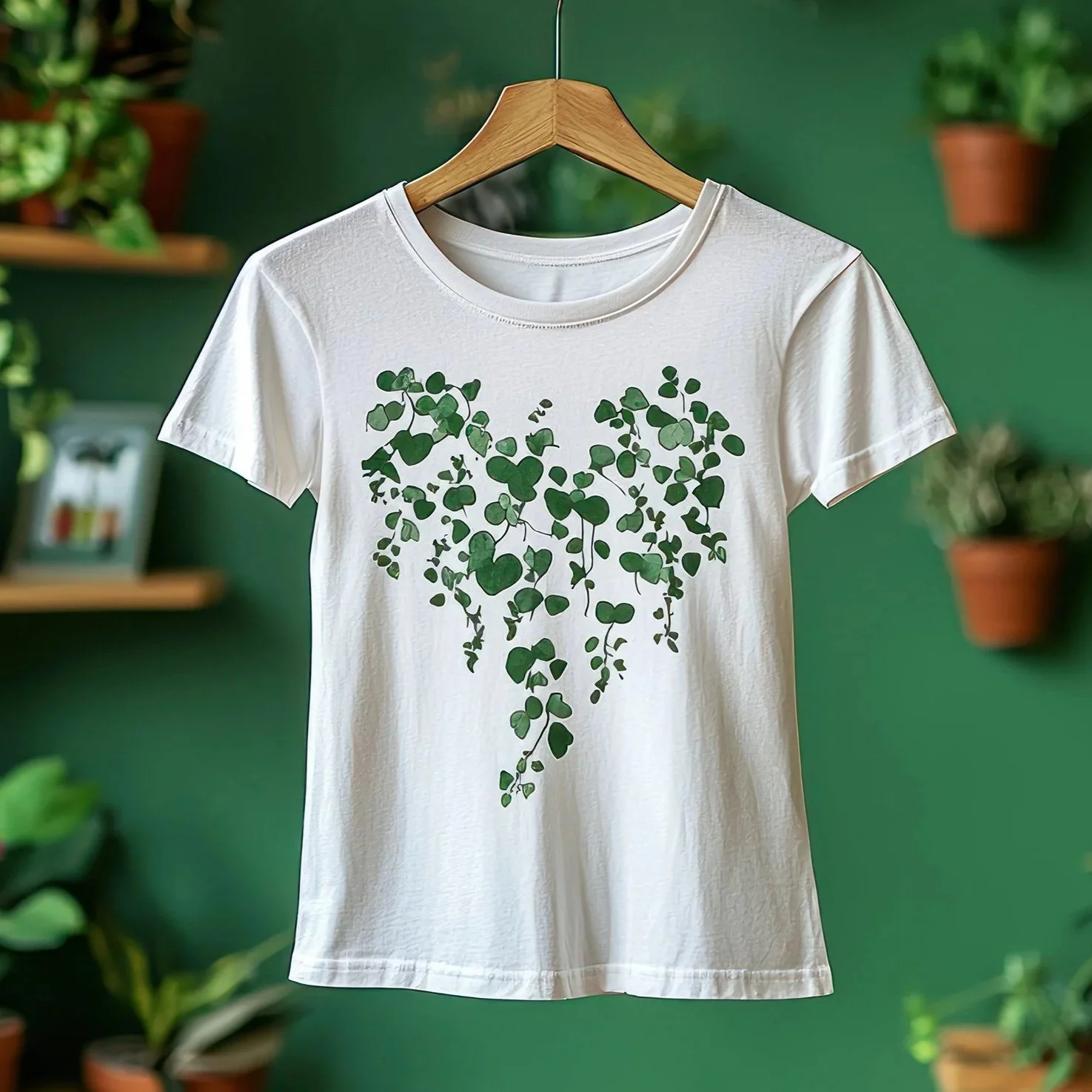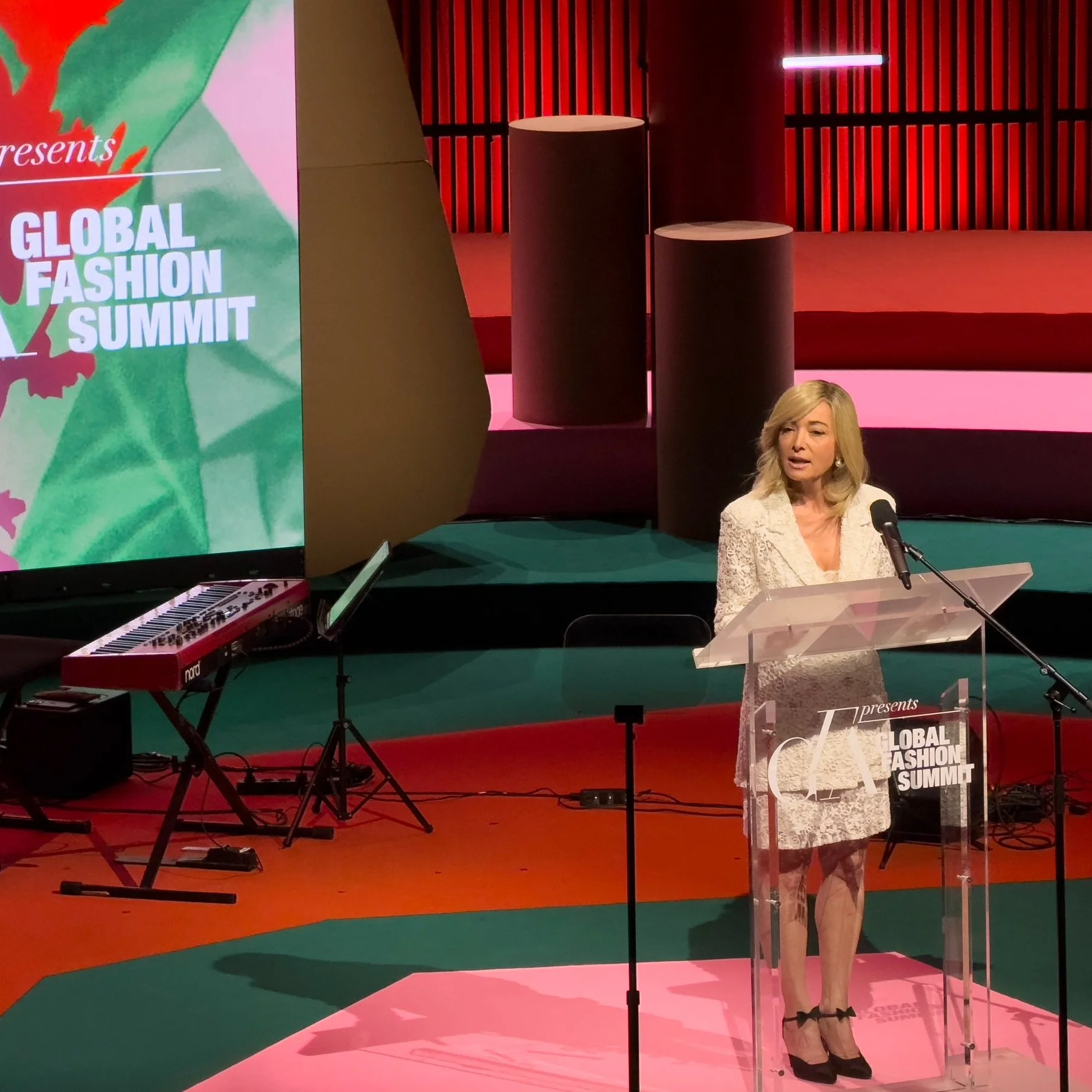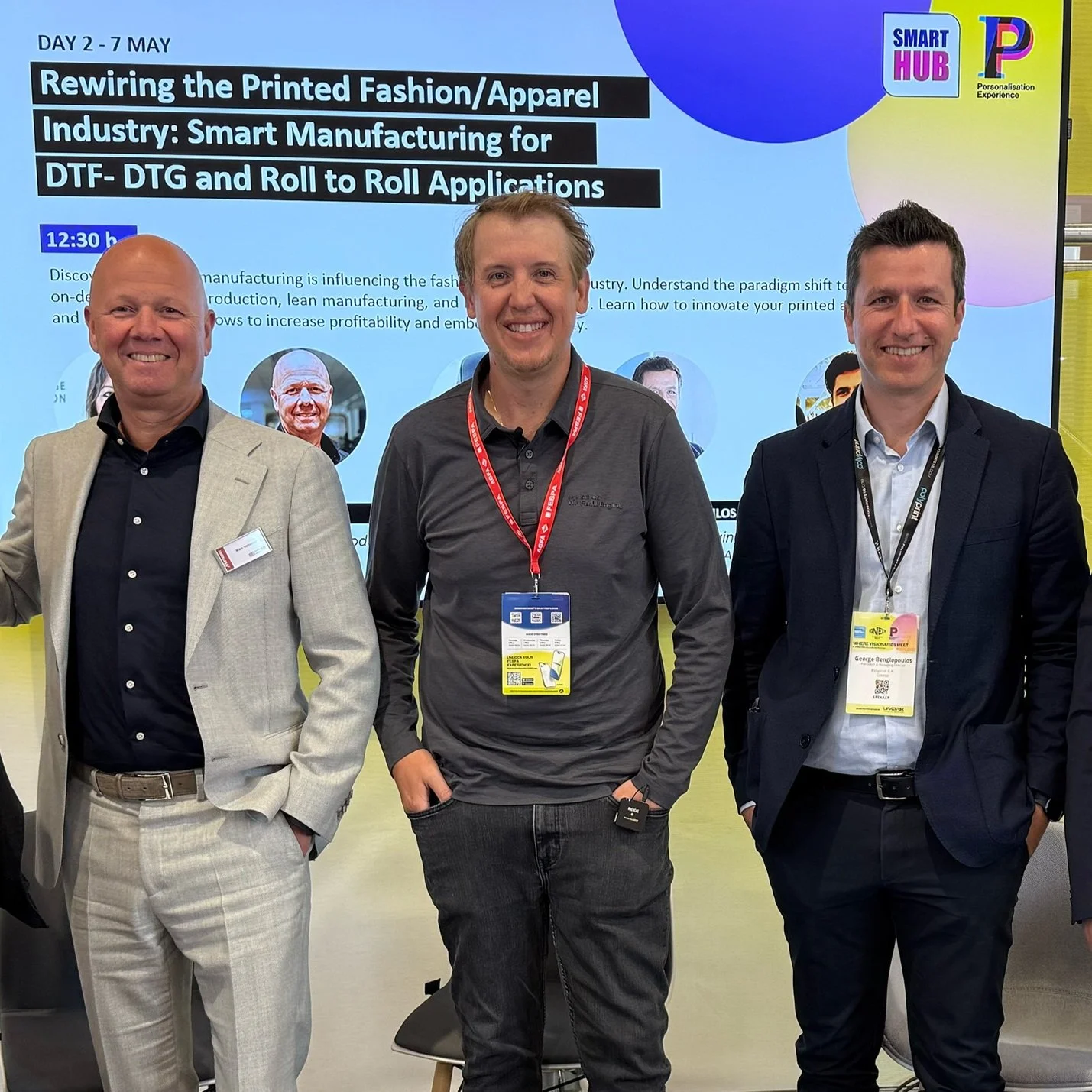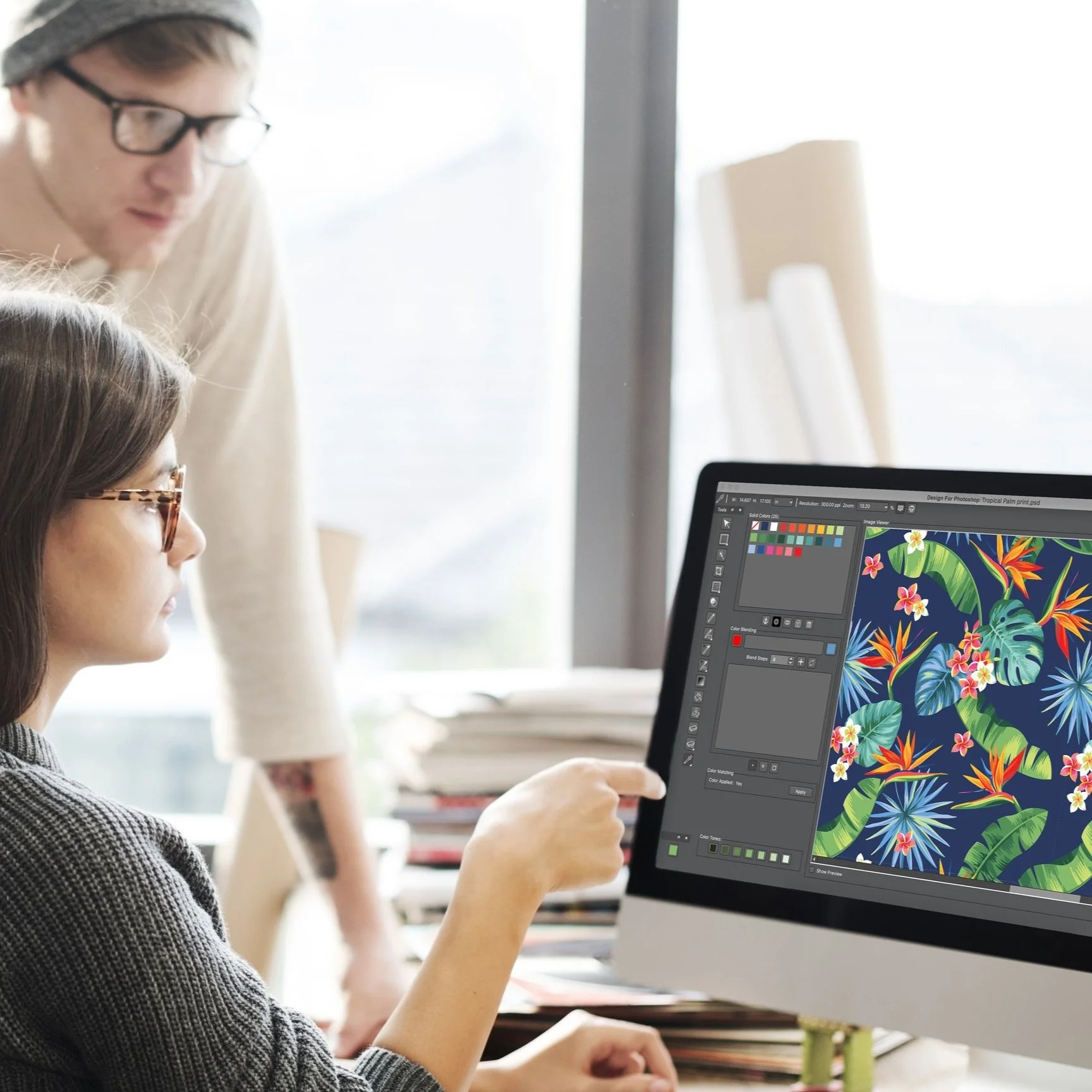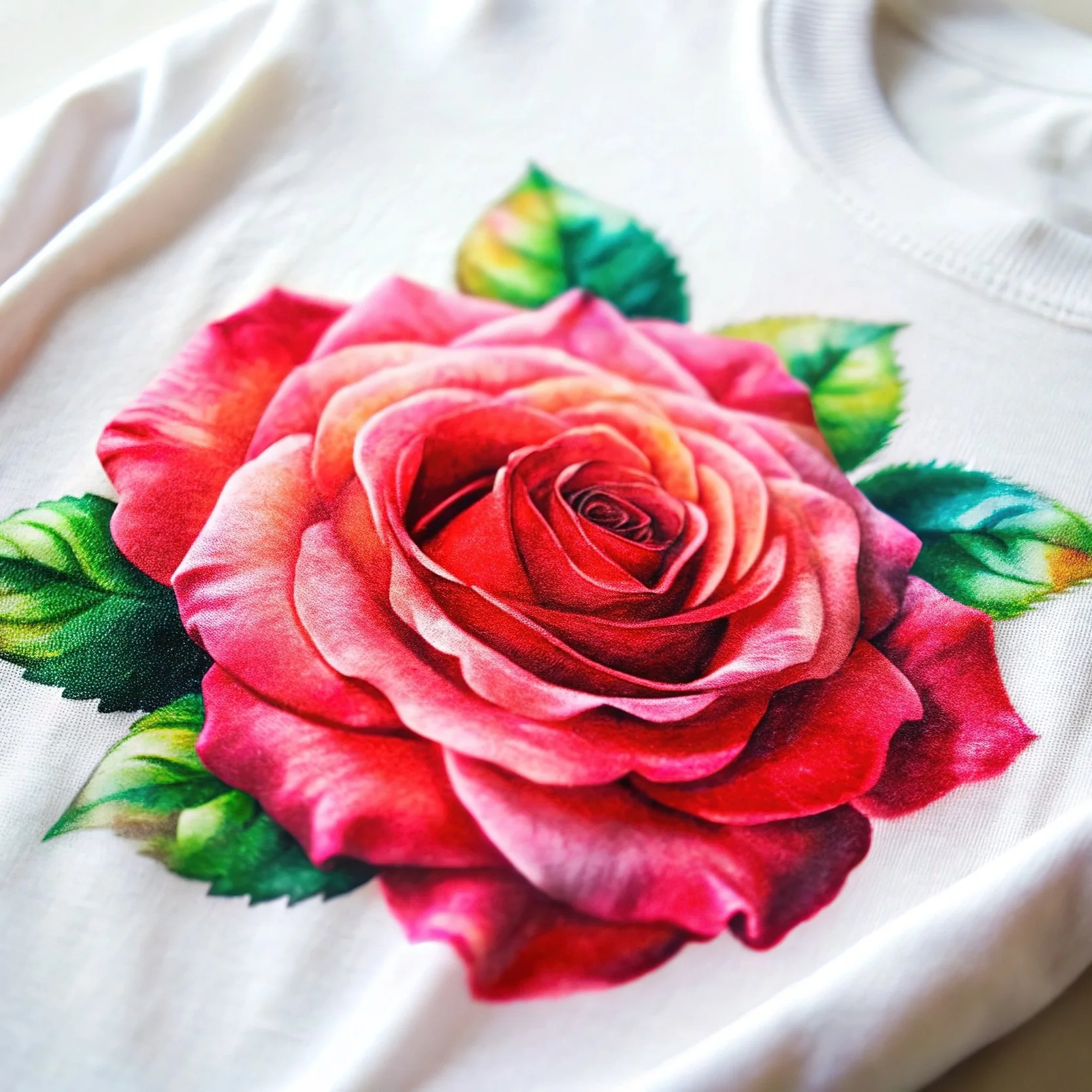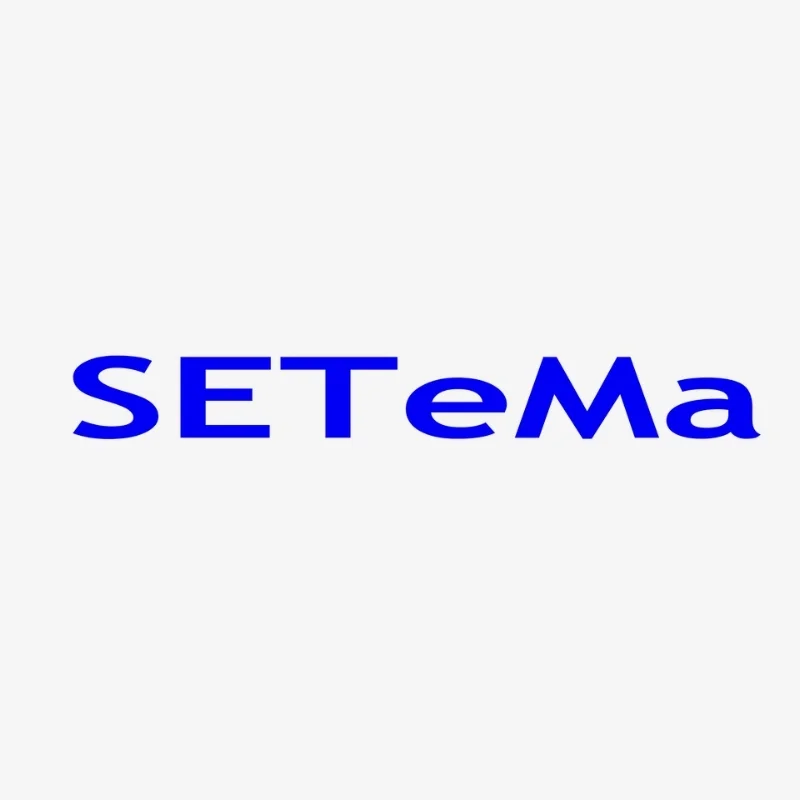HOW HYBRID DIGITAL TEXTILE PRINT TECHNOLOGY IS UNLOCKING THE TEXTILES VALUE CHAIN

“Technical innovations and entrepreneurial business models are driving this reform, as machine manufacturers come up with more hybrid functions for their offerings - all of which push production costs down and meterage volumes up” - TEXINTEL
How Hybrid Digital Textile Print Technology Is Unlocking The Textile Value Chain
IMAGE CREDIT: DURST GROUP
The global digital textile printing machine market was valued at $175.4 million in 2017, and is expected to reach at $392.3 million by 2025, growing at a CAGR of 10.4% during the forecast period. (Allied Market Research)
Factors such as an increased awareness of sustainability and the impact of traditional textile production and its contribution to greenhouse gasses alongside the continued rise of fast-fashion and its requirement for on-demand-production, the growth in per capita income of individuals, and a surge in demand for short run products driven by the consumers desire for design diversity and customisation.
All these factors have driven the global digital textile printing machine market forward.
Many now believe that the markets growth will be further accelerated by the impact of COVID-19 as the textile supply chain struggles to survive in its current format - with a step-change to localised production now predicted my many experts.
Digital Textile production offers a viable solution to reverse legacy pollution.
The energy efficient, clean technologies utilised in digital textile production are boosting the global digital textile printing machine market growth. In addition, stringent government regulations for reducing pollutants alongside ethical manufacturing supplement the digitisation of the Textile industry.
The direct-to-fabric segment accounted for more than half of the market share in 2017 and is expected to witness significant growth during the forecast period (Allied Market Research).
Technical innovations and entrepreneurial business models are driving this reform, as machine manufacturers come up with more hybrid functions for their offerings all of which push production costs down and meterage volumes up.
The textile industry was originally built for volume, but the landscape has changed. Solutions are now required to deliver print at all speeds in order to service this fast-evolving marketplace.
The fastest digital printing machines are the super-fast single pass printers built for high speed industrial production:
Here, the print bar carries hundreds of single print heads, the carriage is fixed over the fabric and doesn’t transverse the width of the machine, the only moving component is the fabric itself.
The result of this particular Hybrid application is a step change in print speed, with machines such as the EFI Reggiani Bolt producing at over 5,400 metres per hour followed closely by the MS Lario on 4,500 metres per hour and the Spg Prints Pike machine on 2,400 metres per hour.
These machines require a significant investment but also demand minimum production volumes in the many millions of metres per annum to guarantee a decent return on outlay and assured profits.
Down the scale from these are the medium industrial speed (300-600 metres/hr) machines where hybrid functions have introduced quality and production improvements that create true versatility and create the basis of the Digital Textile Micro-Factory.
Simplifying the print process is the Kornit Presto, whose hybrid functions include in-line per-coating, in-line softening and in-line curing.
This one-step process is achieved through the use of inkjet heads being used to apply the pre-coating before printing and the softener after printing during the same pass through the machine.
The product is then cured in-line, and the result is a professionally prepared, printed and finished fabric ready to be cut and sewn, all achieved within the space of a few square metres.
These hybrid functions on the Presto, used as they are, with Kornit’s Neo-Pigment Inks, are capable of printing and finishing across the widest range of fabrics from cottons to polyesters to silks and to poly-blends, giving versatility and speed to the Digital print Process.
Similarly, at Durst, with their Alpha 350, their development of hybrid inks, called ‘Advanced Digital Pigment Ink’ has created a print environment where pre-coating and post finishing are a thing of the past on many fabrics.
Equally, with excellent fastness results on both the Kornit and Durst systems, clients can be comfortable that their choice of process meets the performance specifications of their marketplace.
Going down a gear, in speed not quality, to the so-called ‘entry level’ machine group
A recent hybrid development at Mimaki has introduced the ultimately flexible TX-300P-1800B machine, where it is possible to print with two ink sets, for example, Dyesub and Pigment on the same machine.
This gives the smaller print service provider a true advantage of being able to extend his printed textile range within the scope of a single machine, providing an efficient and cost-effective solution to what has been a perennial problem for the smaller printer.
Finally, under the heading of ‘Reinventing Dyesub’
Comes the HP Stitch with a host of innovative hybrid functions that add value and versatility to performance and quality in digital textile printing.
Starting with its built-in spectrophotometer that guarantees first time colour matching as well as consistency of colour reproduction on re-prints, the Hp Stitch brings a host of innovative hybrid features to the digital textile print arena. This front-loading machine saves space in operation, and uses HP Smart colour for Pantone emulation with a unique drop and dry system enabling the lightest papers to be used, and with its unique hybrid operating system, HP Print Os Plus can be left to print unattended for 24 hrs.



